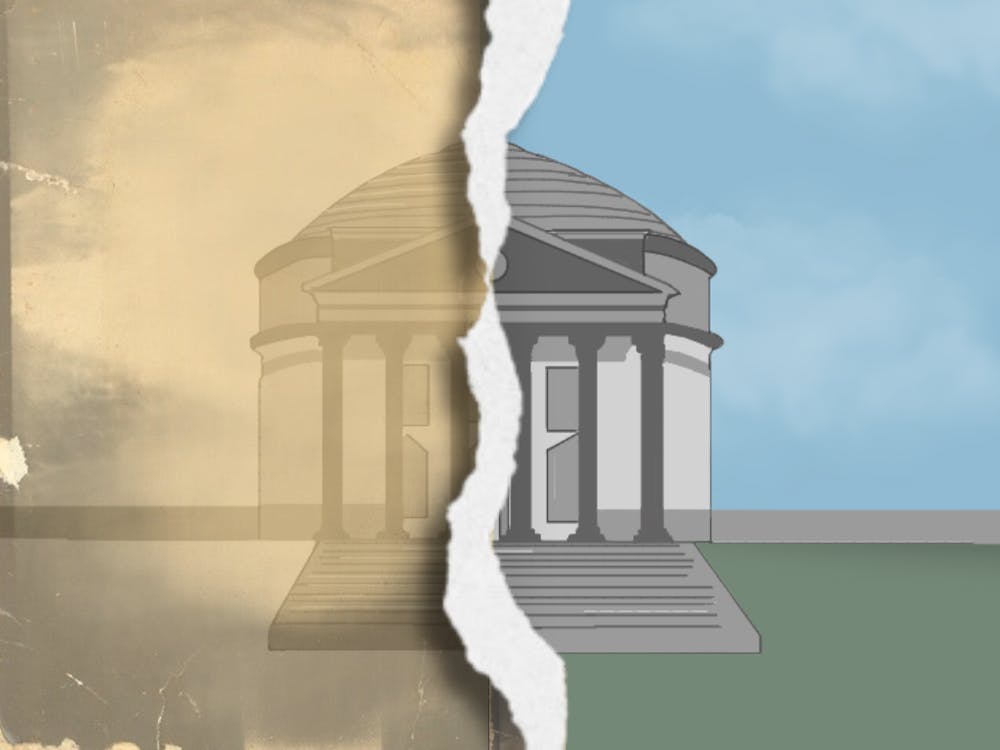We are back in Charlottesville, and the inevitable has happened. Despite the high rates of COVID-19 vaccinations for students and faculty, the virus has continued to spread. With the contagious nature of the omicron variant — which spreads approximately 2.7 to 3.7 times faster than the delta variant — it is likely that more students and faculty will be infected. The question is not if the virus will continue to spread, but how we will deal with it.
The University has consistently displayed a lack of preparedness when it comes to COVID-19 precautions. The plan was to forge ahead with an entirely in-person semester with the addition of a booster shot requirement — later rescinded after Attorney General Miyares released a legal opinion on the matter. While University administration’s determination is admirable in their attempt to keep this spring as close to normal as possible, there is a clear lack of foresight for the steps to be taken when students inevitably do contract the virus — starting with the lack of online class options available.
If a student is infected, they have to isolate for at least five days, according to the Centers for Disease Control and Prevention. In the grand scheme of college classes, five days can be detrimental. If isolation occurs during the school week, there is a possibility to miss a full five days of classes, putting a student incredibly behind in their courses. While some professors have added course recordings to their U.Va. Collab pages and implemented protocols to support students if they become infected, there is no standardized method for dealing with COVID-19 infections and exposures.
Over winter break, I had coffee with a friend who attends a different university. I expressed my worry about getting exposed to the omicron variant — as I did not want to have to miss classes or activities — given that everything would be in person. She did not feel the same level of concern — her school automatically records every class and lecture and uploads them to their student portal so students who test positive can remain up to date. There are high-tech cameras in every classroom that can be set to start recording at specific times during the day, and then upload those recordings directly to the cloud for student use. While the system itself at her university — with its advanced technological systems— may not be feasible here, the idea is absolutely achievable.
If we are to remain in-person for the rest of the semester, it logically follows that we should have a backup plan for when students inevitably contract COVID-19. Administration should set forth a plan to ensure students do not fall behind on their coursework due to the pandemic — all classes should either be recorded and uploaded to Collab, or there should be a Zoom option for students who cannot attend in-person. Preferably, a recorded option would allow students to watch the lectures or classes at their own pace and convenience, especially if they need time to rest while they are infected. For seminars or discussion-based classes, alternate arrangements should allow students to capture the nature of the discussion if they cannot attend in-person. This could take the form of detailed notes or perhaps online discussion forums in which students can post their opinions on course material that can then be shared with the class even if they can’t be physically present.
Some professors have already taken these steps, but many have not. At the moment, the professor-by-professor approach means some students are able to keep up with their coursework while others are not. Having a standardized plan that requires all professors to create an alternate option will level the playing field and allow all students to remain up-to-date in their courses even if they do contract COVID-19. To equalize the academic environment and ensure that all students have a chance to succeed, administrators must create an academic procedure for virtual courses in the wake of the continuing pandemic.
Hailey Robbins is an Opinion Writer for The Cavalier Daily. She can be reached at opinion@cavalierdaily.com.
The opinions expressed in this column are not necessarily those of The Cavalier Daily. Columns represent the views of the authors alone.







